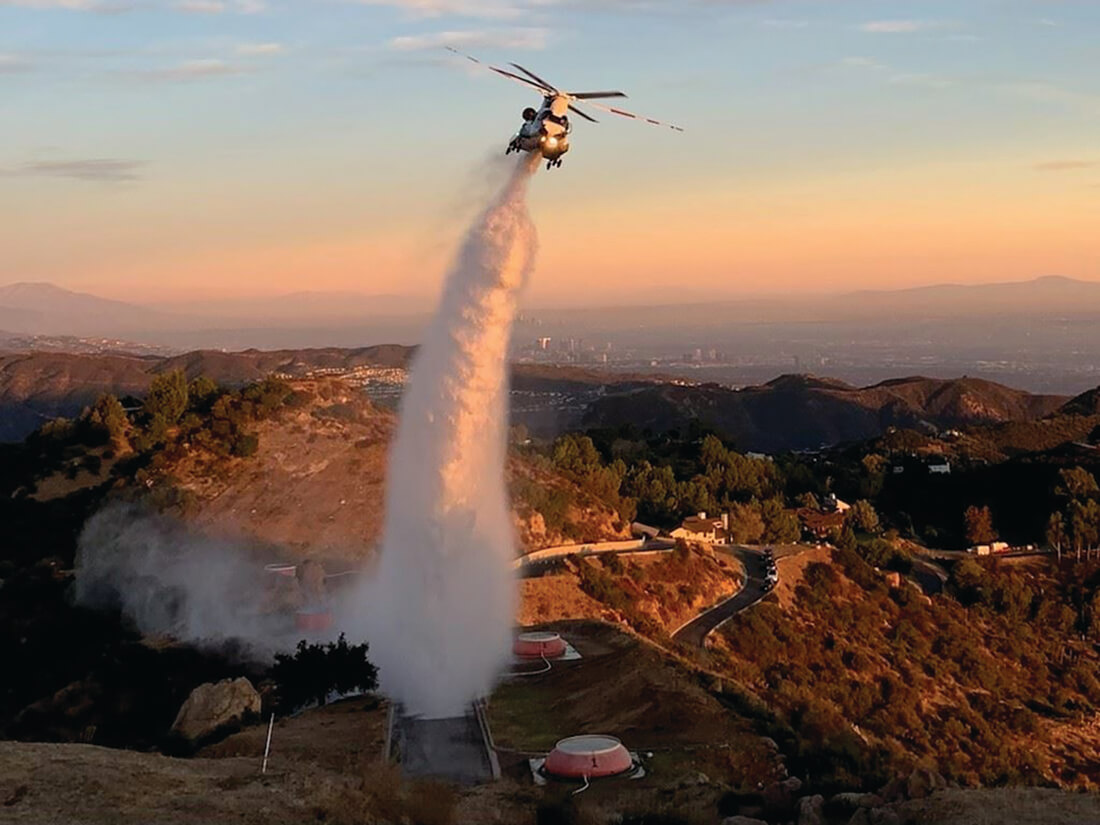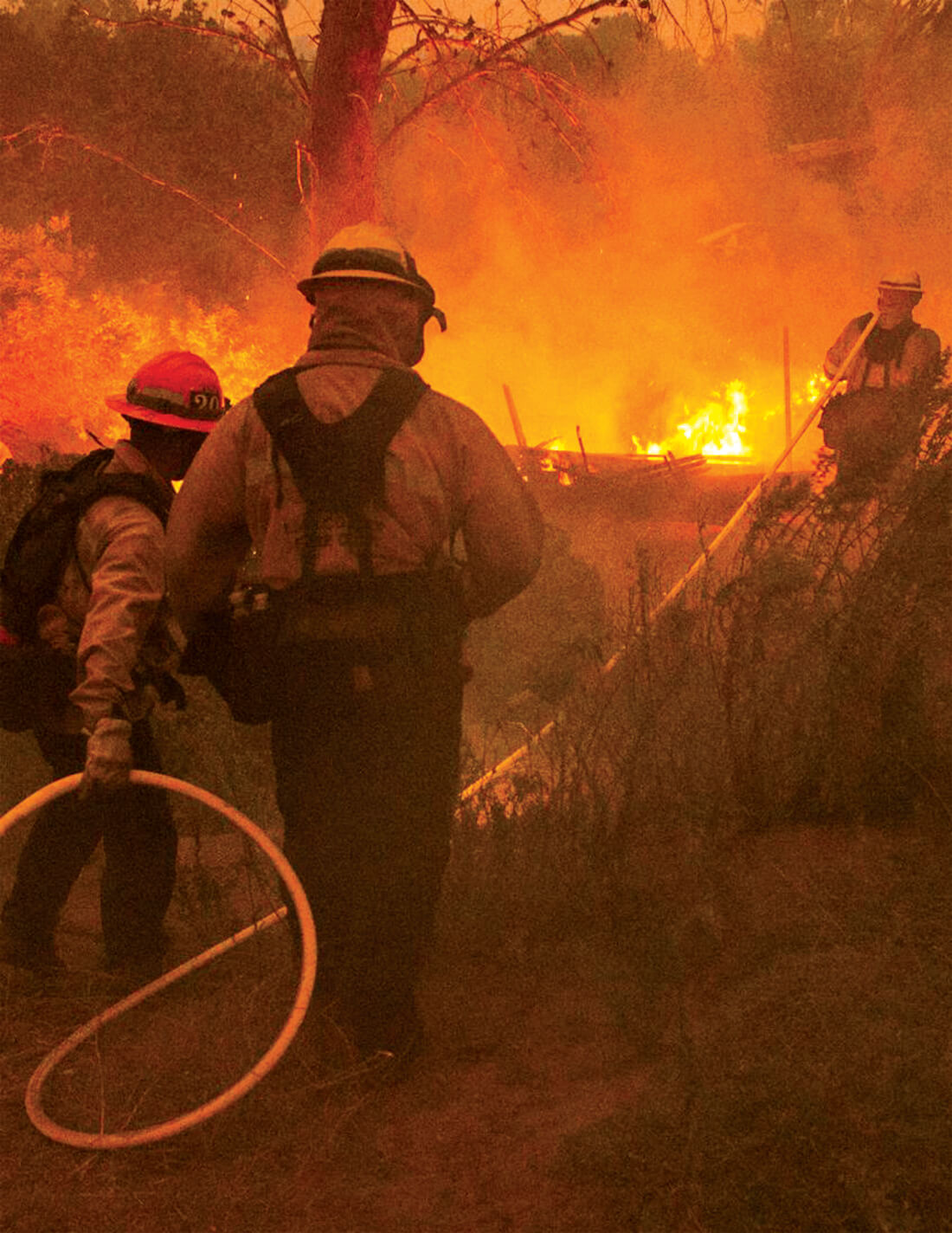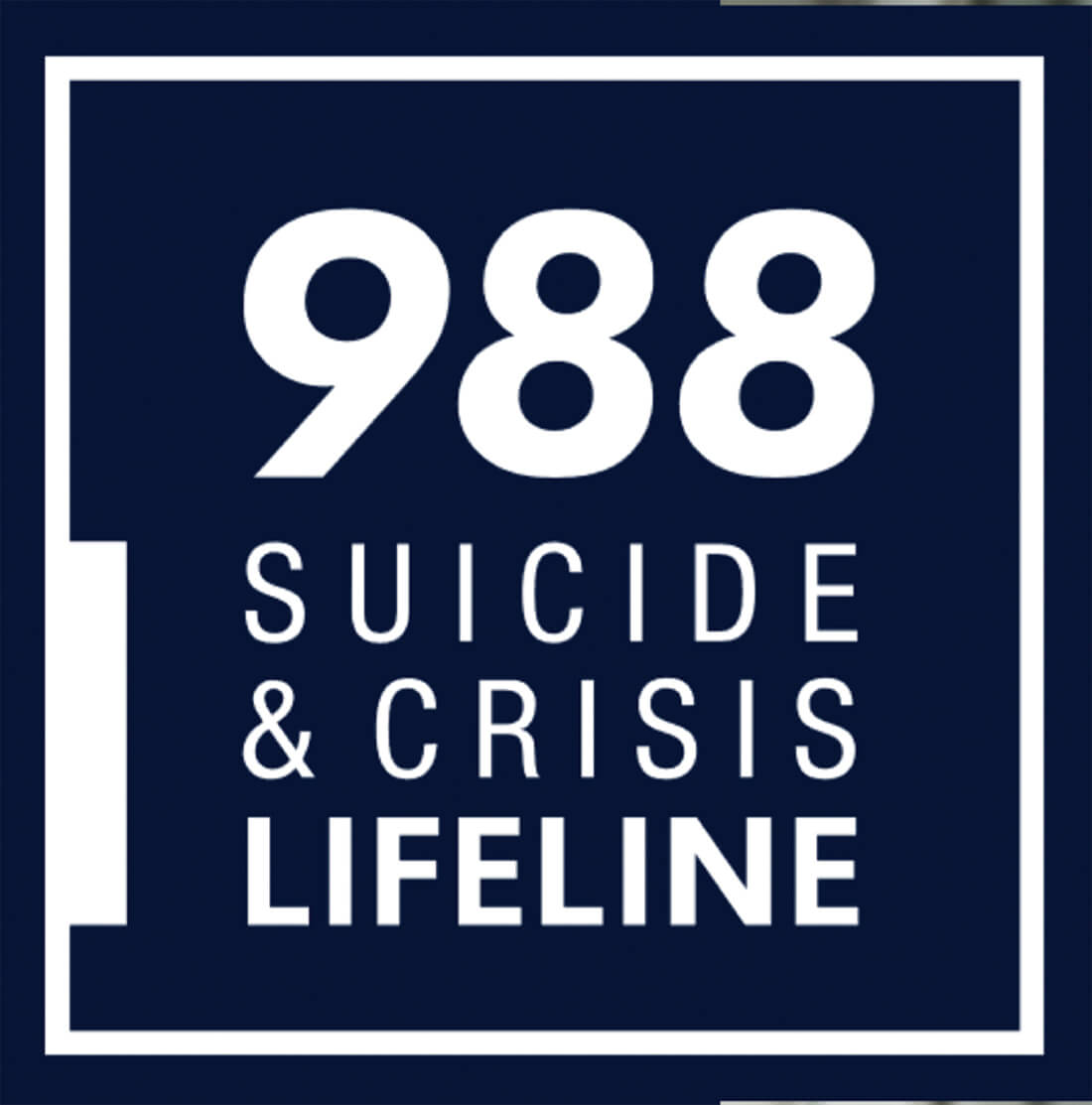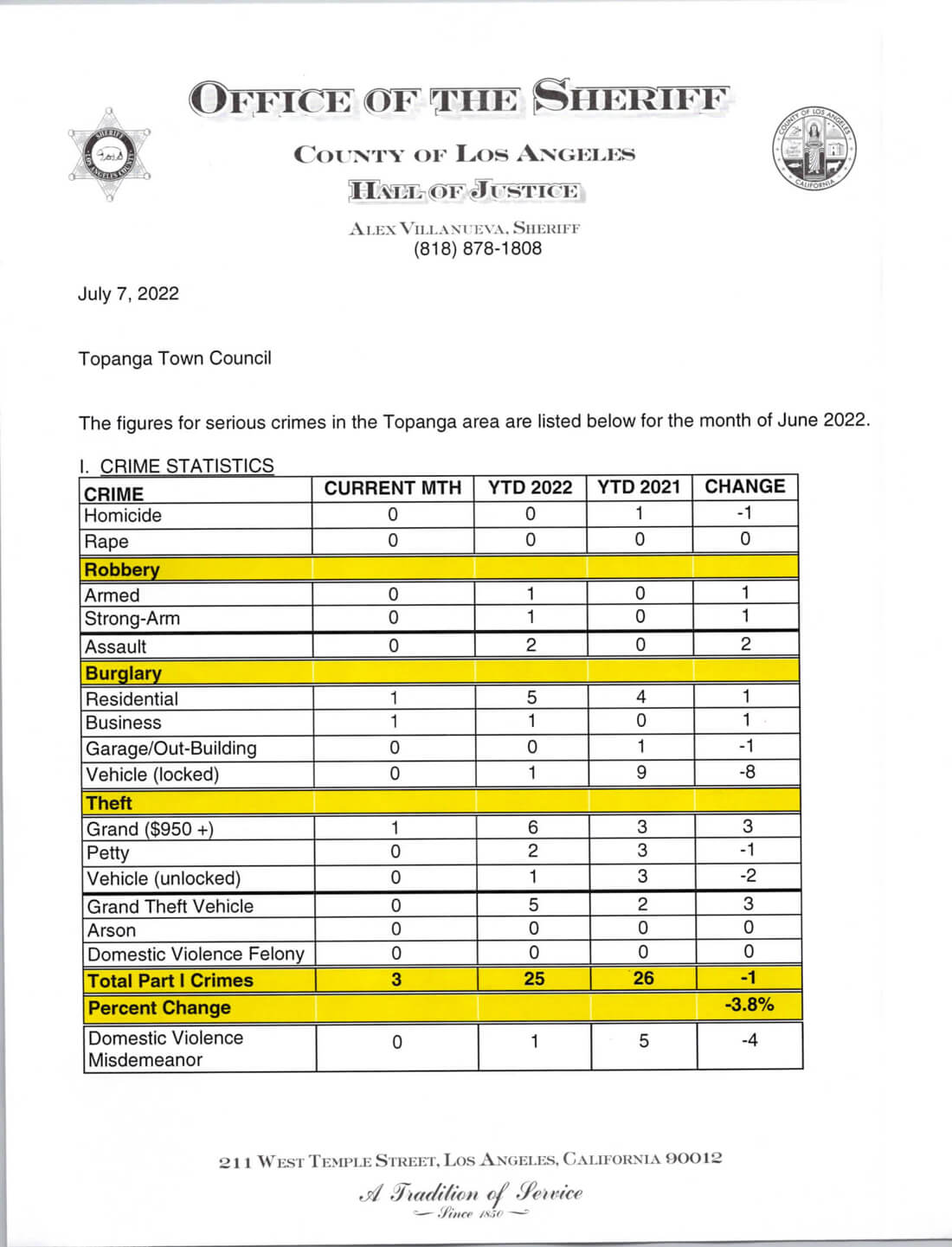Fire Prevention and Disaster Preparedness! Work It! | |
Fire Prevention and Disaster Preparedness! Work It!“It’s better to evacuate five hours too soon than five seconds too late.”
—Los Angeles County Fire Chief Drew Smith
Topanga is a beautiful place to live, but it is a designated “Very High Fire Hazard Severity Zone,” especially so under the current drought conditions.
More than 70 Topangans joined in an Emergency Preparedness Workshop via Zoom on Saturday, July 9, to learn more about their role as Topanga residents in preventing and preparing for a wildfire. The event was sponsored by the Topanga Canyon Town Council (TCTC) with president Carrie Carrier facilitating with first responders and local organizations who are dedicated to educating people, lending their voice about what to do when a wildfire threatens the Canyon.
To its credit, Topanga, has an unprecedented level of community volunteers, who, having experienced wildfires, created what became essential—but still volunteer—organizations such as the Topanga Coalition for Emergency Preparedness (TCEP), Arson Watch, the Topanga Fire Safe Council (TFSC), Neighborhood Networks (NN), and a local chapter of the Community Emergency Response Team (CERT).
Topanga is also covered by numerous government agencies and emergency responders such as L.A. County Fire (LACoFD), L.A. City Fire, the Mountains Resource Conservation Authority (MRCA), L.A. County Sheriffs, and the 69 Bravo helistop.
L.A. COUNTY FIRE DEPARTMENT DISCUSSES REALITIES
“We no longer live within a nature fire regime; we live in a man-made fire regime,” said L.A. County Fire Chief Andrew Smith. “The 2018 Woolsey Fire was the last significant fire that had the potential to hit Topanga. The Palisades fire in May was 1,200 acres that impacted Topanga Canyon and launched evacuation orders for Zones 4 and 6.”
Chief Smith said that Southern California has about 4-5 Red Flag Days per year when the relative humidity is under 10 and the Santa Ana winds beginning, usually during the holidays from October to December. “Red Flag conditions don’t sneak up on us,” he said. “We know about them, we watch the news and weather; they are predictable. What the public needs to do is have the information and be pro-active by preparing ahead of an emergency. Have a plan in place and practice it with your family.”
Chief Smith said it takes about 10-15 minutes for a fire front to go over your property and the 1,500-degree temps travel at about 30 feet per second. “Fire is not a contact sport,” he said. “Understand the vulnerability, prepare your property and home, have a plan, practice it, and consider early evacuation as a life-saving component. Professionals can help you but not if they’re overwhelmed fighting a wildfire. It’s better to evacuate five hours too soon than five seconds too late.”
The Los Angeles County Fire Department has implemented a program and guidebook, “Ready! Set! Go!” for people to prepare for a disaster. Download “Ready! Set! Go!” online at https://fire.lacounty.gov. For hard copies, contact the Public Information Office for L.A. County Fire at (323) 881-2411.
“Now is the time to have your evacuation gear and supplies ready,” said retired Sheriff’s Deputy Mark Winn. He knows the drill when it comes to emergency preparedness and the possibility of mandatory evacuation during a wildfire. “Get your equipment ready and packed in the car. “The sooner you evacuate, the less traffic you’ll have to contend with or, worse, get trapped in. You don’t need an order to leave but be prepared,” he said. “In the event of a large-scale event, first responders may be overwhelmed and you could be on your own.”
WHERE TO VOLUNTEER
Some of your best friends in an emergency are your neighbors who volunteer for these emergency organizations. Get to know them.
• The Topanga Coalition for Emergency Preparedness (TCEP) is a nonprofit, all-volunteer organization based in Topanga. For more than 23 years, TCEP has provided emergency preparedness education and real-time disaster status updates to residents of Topanga, Malibu, and surrounding areas on their website (t-cep.org).
Longtime TCEP member James Grasso outlined plans for emergencies including fire, flood and earthquakes. Get to know them.
• Make a Plan. Know your threats, establish meeting places, have an out-of-state contact.
• Large Animals need a plan and you need to practice it with the animal(s). Remember animal food and medications.
• Have a “GO Bag” ready for each member of the family at all times. Gather and maintain important papers, equipment, and supplies for at least 7-10 days.
• Pack Personal Necessities. Flashlights, first aid, eyeglasses, credit cards, Photo courtesy of Citygate
Firefighters battling the Woolsey Fire (November 2018). |
computer, cell phones and chargers, clothing, sturdy shoes, prescriptions.
• Be informed. Remember, your automobile has a radio and generator that you can access to contact L.A. County or the TCEP Hotline and Status Page on Twitter @tcep90290.
• Get involved. Volunteer in the community and Neighborhood Networks, read the “Topanga Survival Guide” and keep an extra copy in your car.
For updates on Red Flag days, emergency status or to download a copy of the Topanga Survival Guide, go to (t-cep.org).
Start now.
Neighborhood Networks (NN)
This is a group of residents in a geographically close area (neighborhood) who have agreed to share contact information, special skills and equipment so everyone can stay informed and support each other in the event of a disaster such as a wildfire, earthquake, or flood.
Linnea Mielcarek of the Neighborhood Network said that each group needs a Coordinator for organizing purposes. This responsibility can be shared among several people. Since many disasters can knock out landline and cell phone systems, many NNs use other methods of communication, such as Family Radio Service (FRS) and HAM radios as a back-up. FRS radios are fairly inexpensive walkie-talkies ($25-$60) sold at most electronics stores.
NN Buddy System
Some residents plan ahead with one or two close neighbors to create a buddy system whereby each person agrees to take care of certain functions for the other if one is out of the canyon when disaster strikes. Your buddy might have a key to your house and be familiar enough with your possessions and property to rescue pets, turn off utilities, retrieve items of value or sentiment, care for children, and more.
“Become a NN member or coordinator,” Mielcarek said. “If you don’t want to join, have a buddy system with a neighbor.” For more information about Neighborhood Networks, FRS or HAM radios: nn@t-cep.org.
Arson Watch
“We are volunteers with the L.A. County Sheriff’s Department,” said Scott King of Arson Watch. “We are the additional eyes and ears of the fire department and we fund and maintain the Arson Watch signs throughout the canyon. We patrol prescribed routes on Red Flag days. We also have shirts, hats, vests, signs and radios, handheld and mounted.” King said the average Arson Watch volunteer patrols on Red Flag days and has a minimum requirement of only 30 hours per year. “A typical year will have up to a dozen Red Flag days,” he said. “Patrols are on designated routes and take anywhere from 2-4 hours. If you enjoy driving our beautiful mountain roads and have some time to support your community, please contact Arson Watch for application details at: Info@arsonwatch.com or online at arsonwatch.com.
Community Emergency Response Team (CERT).
The CERT program educates volunteers about disaster preparedness for the hazards that may impact their area. Members are trained in basic disaster response skills, such as fire safety, light search and rescue, team organization, and disaster medical operations. Retired Sheriffs’ Deputy Mark Winn heads up CERT in Topanga and offers context on how emergency response is handled in Topanga and L.A. County. For more information call (310) 455-2270.
Access Cards
Stacy Sledge of the Topanga Town Council spoke about the Access Card program and how they facilitate timely evacuation and re-population once the emergency is over. The Topanga Resident Access Card is a personal identification card unique to Topanga. It is an official program of the Topanga Town Council and is supported by the Los Angeles County Sheriff’s Department and the California Highway Patrol.
This card can be used in lieu of a California Driver’s License in disaster conditions for resident re-entry at Topanga “resident only” roadblocks and will only be accepted when officers deem it safe for residents to enter the canyon. Unlike other forms of ID, non-driving children, elderly, disabled adults and their caregivers with an Access Card will be able to enter the canyon with a non-resident driver.
Note to first-time applicants: You will need to bring your driver’s license or state ID, and one of the types of address verification if your driver’s license does not include your current Topanga address (utility bill, bank or mortgage statement, or lease). Each Access card is $12. For more information or to apply: contact@topangatowncouncil.org; or onetopanga.com.
  Photo by Flavia Potenza L.A. County Fire Chief Andrew Smith is an expert in fire behavior and has a long history of fighting fires in the Santa Monica Mountains. He will be guest speaker at the Topanga Historical Society field trip to 69 Bravo helistop on Sunday, July 31, 10 a.m. (topangahistoricalsociety.org) |  Photo Courtesy of 69 Bravo Coulson Chinook-47 helitanker in training exercise over 69 Bravo helistop. AIR POWER
In 2021, Los Angeles, Ventura and Orange Counties each received the loan of the world’s largest firefighting helicopter, the highly modified CH-47 Chinook, that is able to drop 3,000 gallons of water or retardant in a single pass. They are here now and have already been used for small brush fires.
“The Chinooks are a ‘game changer,’” said Smith. “We have a minimum of four helicopters, seven engines, hand crews, two battalions, one dozer and two fixed-wing tankers plus the Chinook for a reported brush fire in Topanga Canyon. We hit the big red button every time.”
The two Chinooks are based at Van Nuys Airport and the Joint Forces Training Base, Los Alamitos in Orange County, with the Sikorsky S61 Helitanker based in Ventura County. All are located within a 15-minute flight to 69 Bravo Helistop where all four could simultaneously snorkel up water and deploy to a fire in a matter of minutes. “We do have to sequence them, however, because they can’t all be in the air at the same time,” Chief Smith noted. “And the super scoopers are back for about three months,” he said.
69 Bravo Helistop. Located at the top of a hill in Topanga, the state-of-the-art 69 Bravo Helistop, the world’s most advanced water supply and observation station, allows for automatic refilling of water-dropping helicopters and helitankers around the clock to be deployed throughout the Santa Monica Mountains. Additionally, 69 Bravo has been upgraded from its original 6,000-gallon orange rubber/vinyl “pumpkin” wells to four new 8,000-gallon steel tanks to accommodate the Chinook CH-47 aircraft. (https://69bravo.com).
Prevention—What You Can Do. Ryan Ulyate of the Topanga Canyon Fire Safe Council discussed information on home hardening and the Home Ignition Zone program and how you can get a free evaluation. “Make sure you harden your home to prevent embers from getting underneath porches, decks, leaf-filled gutters, vents, and roof shingles,” Ulyate said. “Remove bark mulch, it’s bad, and keep nothing combustible within five feet around your house. Keep decks clean underneath, or screened off. It is not hopeless and you can start this weekend!”
For more information or a free home evaluation, go to Defensiblespace.org; or contact the Resource Conservation District of the Santa Monica Mountains (RCDSMM.org) for a home ignition zone evaluation.
Join Topanga’s Designated Firewise Community. This is a program where residents reduce the wildfire risks in their community by hardening their homes against fire and attending seminars. As a result, most qualify for a reduction in their insurance rates. To learn about insurance discounts: OneTopanga.com; https://onetopanga.com/92-news-about-town/899-topanga-canyon-ca-designated-a-firewise-community.
Emergency Communications
Alert L.A. County is a free mass notification system for Los Angeles County residents and businesses. For more information about emergency communications, go to alert.lacounty.gov. To register: (ready.lacounty.gov/alerts)
PulsePoint is also an excellent site for information and emergency updates, (pulsepoint.org)
TCEP. For emergency status updates, residents can go to t-cep.org.  | | | | | | | | | | | | | |
|
|
|
|
|

















